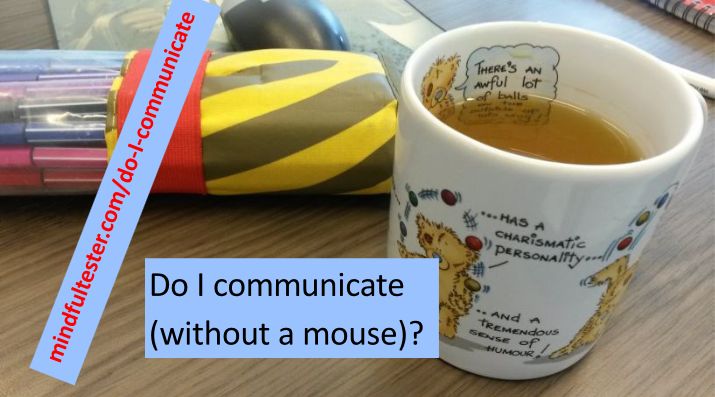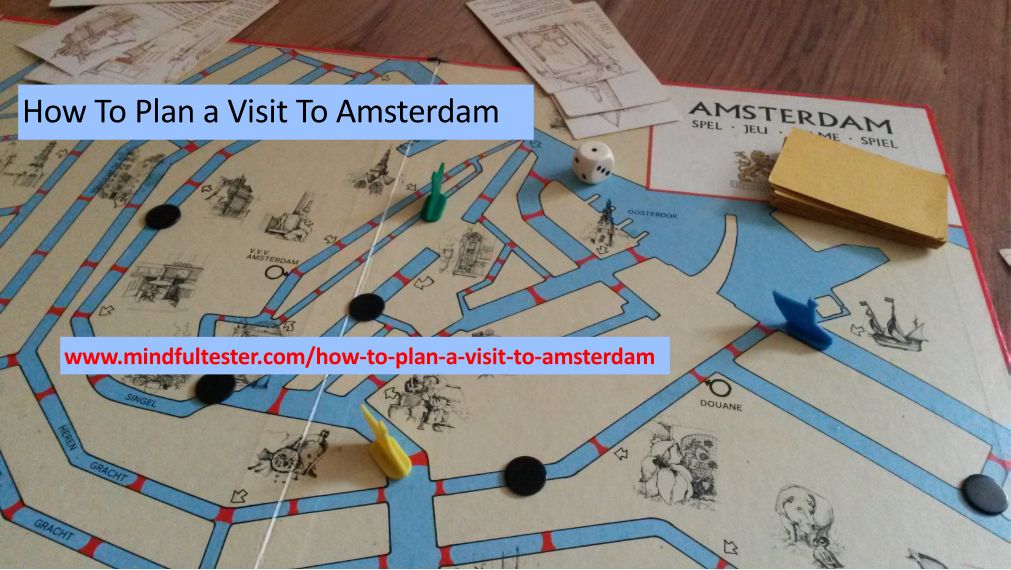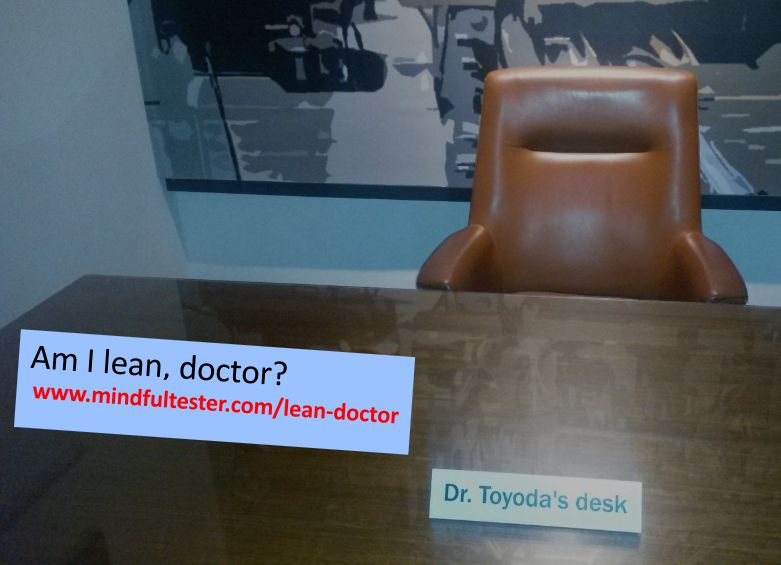Just a bunch of thoughts popping up in my head, while looking at the picture:
- Yes, I need some tea.
- Yes, I need to make a note.
- Yes, I need a mouse to communicate.
A Note As A Service
In the Netherlands people tend to be too busy to go to the coffee corner in the office. In some companies there is an unwritten rule, that you get coffee, tea, or water for your colleagues once every 4 hour.
The first times are hard. What is your name? What would you like to drink? How do you prefer to drink your coffee? Coffee is a difficult one. How strong, how much milk, what kind of coffee ? If you have 10 waiting colleagues, then you need some time to note their requests.
Because I am Chinese, I can make the following joke to make people relax. “So you take numbers 7, 14, and 22.”
Then I get surprised looks.
Probably thinking: “Our coffee machine has no number 7.”
Then I continue with a heavy Chinese accent:
“One Babi Pangang, one Fu Yong Hai and …”
Then often a smile appears.
Accelerated note taking
Of course this process can become faster than I described. The names of the persons were abbreviated by me. I used codes for the beverages like C strong for a strong black coffee. The waiting time during a phone call could be reduced to seconds by asking his or her colleagues: “What does he / she prefer to drink?”
I once noticed a serving tray. The type, which is used in the canteen. There were more than 20 circles on it. Every circle contained the name of a person, preferred beverage in the morning, and preferred beverage in the afternoon. When I called an end user with question about domain knowledge, I got the reply, that she was fetching coffee for her colleagues. So I told, that I would call back after a half hour.
Association and reduction
The next trick was to discover patterns: he always drinks black coffee in the morning. Or she prefers hot water for her tea.
Visualisation is also great: imagine the face of someone you fetched coffee for: cappuccino. Or look at the desks and the corresponding beverages: this is the tea corner.
My question became: “Would you like to have a black coffee?”
A few weeks later: “Black coffee?”
A few weeks later drinking an imaginary cup of coffee and waiting for a nod.
A few weeks holding an imaginary cup of coffee and waiting for a nod.
A few weeks a slight raise of the chin and waiting for a nod.
Questions I ponder upon
(To spice things up I added some fictional thoughts and talks. )
- Am I lean?
I fetched coffee and tea for 8 persons within 8 minutes.
Not bad! - Can I handle changes?
“For a change I would like to have real hot water from a water cooker. Earl grey, sugar, and a real tea spoon. I hate those flimsy plastic reeds. Can you still remember it? The next time I’ll fetch you some tea. Or maybe I should take green tea. My neighbour really loves it. Nah, I just stick to the dark tea. Anyways….” - Do I communicate (without a mouse)?
“Yes, Earl Grey. By the way I noticed, that you are testing the upload function. There are customers begging for it. Did you know that?”
“Really?”
“I was wondering, whether the following item is mentioned in the user story!?”


